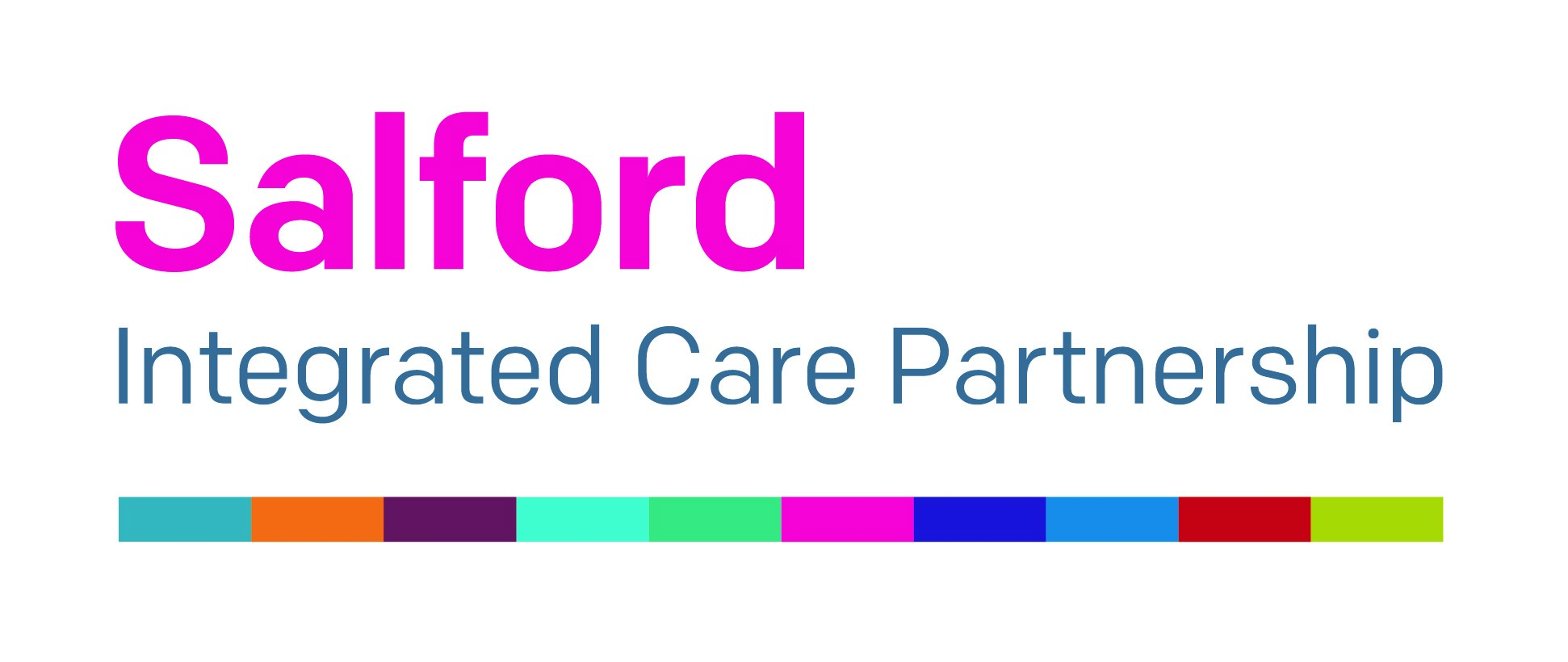3 - 4 Years
- Ability to form multi clause questions and narrative skills develop.
- Phonological awareness grows.
- Can listen to stories with increasing attention and recall. Joins in with repeated refrains and anticipates key events and phrases in rhymes and stories.
- Understands sentences of three to four information-carrying words (at 4 years), e.g. "put the big teddy in the box".
- Uses pronouns “he”, “she” and “they” (36-40 months).
- Asks questions – “why?” (36-42 months)
- Uses language to pretend (42-48 months).
- Speech sounds being used at this age: m, n, h, p, ng, w, d, t, y, b, g, k, f, l, sh, ch, s, j, z
-
Common/ typical errors heard at this age: Pear becomes bear, right becomes wight, dog becomes tog, yes becomes les, get becomes det, car becomes tar, four becomes pour, light becomes yight, shop becomes top, chair becomes tair, sun becomes tun, zip becomes dip, jump becomes dump.
Caregiving behaviours that support the milestone
- Tell your child about your day. Ask your child questions about what happened in their day, helping them to use memory and to talk about things that happened in the past.
- Play make-believe games together or games which use opposites such as on or off, big or little.
- Reverse roles when you are playing together so your child gives you instructions, e.g. brush teddy’s hair, wash dolly’s feet.
- Play rhyming games – can your child come up with a word that rhymes with “cat”?
Adapted from: EIF Early Intervention Framework with Input from National Literacy Trust and Royal College of Speech and Language Therapists


